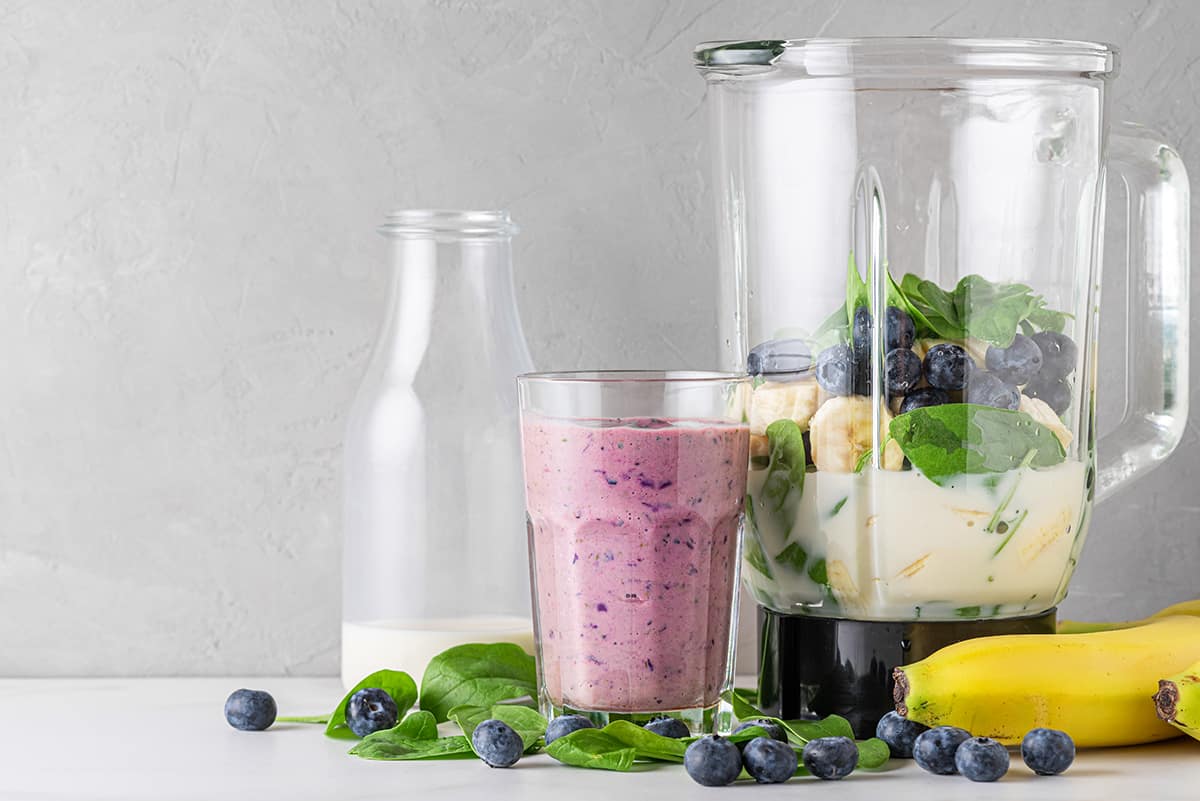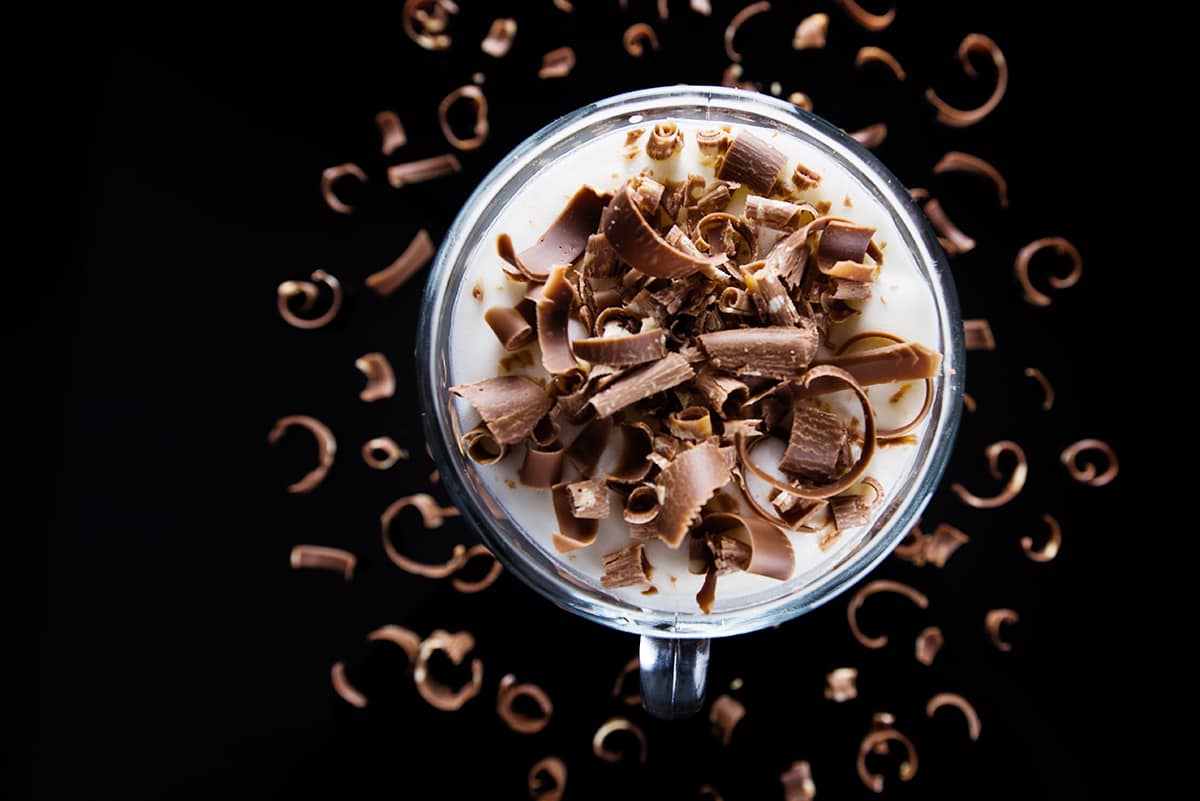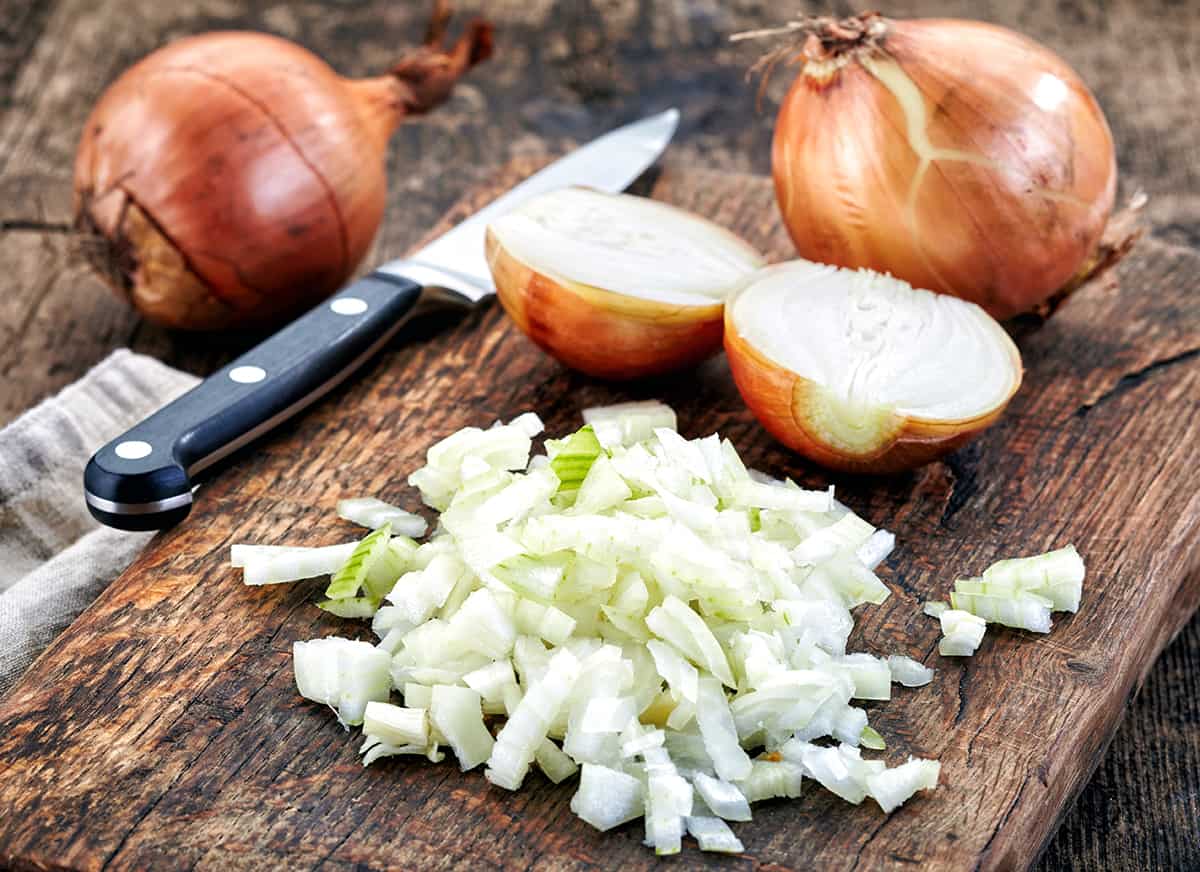A food processor’s primary purpose is to make food preparation a lot easier. You don’t have to slice, dice, and chop hard vegetables when you have a food processor lying around. The only question is, can a food processor chop hard sweet potatoes into small chunks?
High-quality food processors can handle hard root vegetables like sweet potatoes without struggle. You can even swap out attachments to dice, slice, and spiralize sweet potatoes in a food processor.
In today’s guide, I’ll explain how to chop sweet potatoes in a food processor and what a food processor can and cannot do.
What Is a Food Processor?

From its name alone, it can be pretty difficult trying to figure out what a food processor is.
A food processor is an electric kitchen appliance that is used almost exclusively for chopping, mincing, dicing, and slicing vegetables. It consists of an electric motor that spins a cutting attachment at high speeds inside a plastic bowl to break large vegetable chunks into tiny pieces. Essentially, a food processor is a replacement for an array of kitchen knives and your hands.
How Does It Work?
If you’re not particularly handy with knives, a food processor is the kitchen appliance for you.
A food processor comes with a variety of cutting attachments, from multi-blade choppers to slicing discs. To use a food processor, you first insert one of the cutting attachments inside the plastic bowl.
On the motor base, you’ll find a pulse button that you manually hold down and release to deliver quick bursts of chopping and slicing power. Alternatively, you can activate one of the cutting modes to chop through ingredients continuously. Some food processor models have multiple speeds that let you decide how quickly or slowly to break down your ingredients.
If you want to use one of the discs, simply detach the cutting blade, insert the disc, and push your ingredients through the lid’s feed chute. Depending on the model, the position of the cutting disc can be adjusted to various slicing thicknesses.
Food Processor Attachments
There are numerous food processor attachments to choose from, such as knife blades, shredding discs, and mills. Let’s take a look at some of the more unique attachments down below.
Dough Hook—An attachment with dull blades that stretch and fold the dough to encourage gluten development. Usually, you would use a food processor’s knife attachment to incorporate wet and dry ingredients before kneading dough, but with this hook, you can prepare your dough ball from start to finish inside a food processor.
Grating Disc—A disc attachment that looks like one side of a box grater. This is great for cutting vegetables for slaws, cheese for pizzas, and much, much more.
Mill—This attachment is used for breaking down spices and grains into fine powders. You can make your own almond flour in a food processor if you don’t want gluten in your loaves of bread and pastries.
Spiralizer—An attachment that sits on the top of a food processor. You insert whole vegetables like carrots and sweet potatoes through the feed chute as a rotating blade produces beautiful pasta-like strands.
Food Processor vs. Blender
Many people have difficulty distinguishing food processors from blenders and vice versa. While they work in similar ways—a high-speed rotating blade breaks down food ingredients—there is one huge difference between them.
Blenders are primarily used for liquifying ingredients. That’s why you’ll see people using blenders to make soups, milkshakes, and smoothies. However, with the pulse function, you can produce ultra-smooth or super-chunky soups and smoothies in a blender.
A food processor is slightly different from a blender. They are not used for liquifying ingredients, though you can make soups and salsas in a food processor by letting the blades spin a bit longer than usual. Food processors are used almost exclusively for preparing food ingredients for the stove.
How to Chop Sweet Potatoes in a Food Processor

Now, can a food processor chop sweet potatoes? The thing about sweet potatoes is that they are considerably harder than regular potatoes, which a food processor can break down with little resistance. The good news is that the hardness of a sweet potato stands no match for the quick-cutting capabilities of a high-quality food processor.
To begin chopping sweet potatoes in a food processor, you first have to install the standard knife attachment. The more blades there are on the attachment, the better it will cut the sweet potato. Now, cut the sweet potato in halves or quarters before dropping the chunks into your food processor’s bowl.
Next, press and hold the pulse button for around two seconds before releasing it. Check to see the fineness of the sweet potato chunks. If you want smaller sweet potato bits, continue pulsing until they’re as fine as you want.
It’s important that you cut the sweet potato in halves or quarters before dropping them inside the food processor bowl. The larger the chunks, the more difficult it can be for a food processor to cut the ingredient uniformly. So, you will still have to manually cut the potato before running it through a food processor.
Food Processor Alternatives for Chopping Sweet Potatoes

If you don’t have a food processor, you can try the following tools for chopping sweet potatoes.
Chef’s Knife
This is a no-brainer. Without a food processor, the standard method of cutting sweet potatoes to size is manually chopping them with a chef’s knife or a cleaver. I suggest slicing off a portion from the side of the potato to give it a steady base.
Chopper
There are manual and electric choppers—both of which work beautifully at breaking sweet potato into tiny chunks. An electric chopper works similarly to a food processor, but the main difference is its size and limited functionality. A manual chopper has a lid that you push down repeatedly to drive the blades downward. The blades will rotate every time they lift from the chopping board.
French Fry Cutter
Assuming you want to chop your sweet potatoes into long strands, you can do so with a French fry cutter. These manual tools have a series of blades in the form of a box that cut potatoes into uniformly thick strands. Pulling the lever pushes the potato toward the series of blades, producing French fry-like strands that are ready for the frier.
Things You Should Avoid Putting in a Food Processor
So, it’s clear that sweet potatoes are safe to place inside a food processor, despite their hardness. But what things should you avoid putting in a food processor?
Hot Food Items
The standard cutting attachment on a food processor has a plastic core. Super-hot ingredients, such as soups and freshly toasted nuts, can cause the plastic core to melt, especially if you fill the bowl more than an inch high.
Frozen Meat
Frozen meat can dull a food processor’s blades. Allow the meat to come up to room temperature (or close to it) before breaking them into tiny chunks in a food processor.
Bones
Never, under any circumstances, place bones inside a food processor. If frozen meat can dull the blades, unbreakable animal bones most certainly will.
Too Much Liquid
Even though you can make smoothies and soups in a food processor, you should leave liquifying ingredients to your blender. Alternatively, you can install a blender attachment on your food processor’s base.
Ginger
Ginger is the perfect example of a type of food you shouldn’t place in a food processor on its own. It has tough fibers that the blades will fail to break down completely. Pre-chop ginger before placing it in your food processor, alongside any other ingredients you want to break down.






